Cargo-bikes are a thing here in Sweden.
I’m considering getting myself one because they’re just so damn practical – ESPECIALLY when you gave up owning a car.
In case you live in a different part of the world and don’t know what I’m talking about:
Cargo bikes are sturdy bikes built to carry heavy loads and often two or more people. The bikes vary in sizes and shapes, may have two or three wheels. They’re also known as a box bike, carrier cycle, freight bicycle, cycletruck, or freight tricycle
This morning, as we were heading to school I saw them EVERYWHERE.
Kids in the cargo area eating their sandwiches whilst a parent pedals with their coffee-to-go in hand.
We’re all on our way to a more structured weekday routine now that summer vacation is over.
…Just so damn convenient.
But it also got me thinking about ‘to-go’ in general and how it has become a part of culture. It has become more than just a coffee, or a sandwich during our commute, hasn’t it?!
I myself am sitting here, looking forward to having a more reliable routine again. I’m looking forward to being able to not just have processes, but also time tables in place (you know you’re an adult when schedules turn you on *sigh)
But there’s a difference between creating a ‘best-practice’ and making a choice of convenience. And that difference is sometimes really hard to see upfront – when we’re in the moment of choice and deciding ‘Should I, or should I not?’
Both are about procedure and making life easier but (ideally) a best-practice has more than ‘ease’ to offer, right?!
I count the decision to opt for a cargo-bike – rather than for a car- as one of the ‘better practices’. It’s ease AND more sustainable. Ease AND less gas/insurance/parking costs.
Convenience choices however only have the same two arguments speaking for them: ease and speed.
But convenience also has one big…BIG…downside we hardly ever think about before we choose: convenience costs – not once, but twice.
(Ease+speed) : (cost x 2) = ______???
We all know that purchasing convenience has a higher price tag because someone else did the work for you.
And then, once consumed you’re left with a whole lot of trash.
Where am I going with all this?
It’s back-to-school.
It’s back to routines.
It’s back to showing-up, back to performing, back to getting more done in less time during the week and back to wanting to catch-up on ‘the good life’ on the weekends.
And soon it’s also back to living life on the edge between burnout and bore-out. A day-to-day that is so utterly process-optimized that we crash tired at night during the week and ask ourselves ‘Is THIS it?’ On the weekends.
Instead of just having a coffee-to-go every once in a while we created an entire eco-system that led us living ‘a life-to-go’.
And if that equation already didn’t add up for something as simple as a hot beverage in a paper cup, how is it going to add up – or just add, for that matter – for your life?
I’m not against optimizing at all – but too often we’ve lost sight on what we’re optimizing and what we’re optimizing it for.
As I see it the equation of convenience (ease+speed): (cost x 2) = a whole lot of poorly spent time. Time we’re not attentively present to the thing we’re doing. It’s all automated and never a moment of intentional savoring.
And that is just another description for REGRET.
Tomorrow I’m being interviewed on the topic of ‘Refusing to live a second-best life full of regrets’ for the Language and Mental Wellbeing Conference happening in October.
If this is something you’re interested in learning more about, you should follow me. I’ll be posting more about this as we head into fall.
And in the meantime remember: there’s no refund for poorly spent time. So go out and explore what triggers your enthusiasm. Which topics inspire you so much you feel the itch, the motivation to get into action and have a moment of joy just because you can. Because you can design your very own version of ‘the good life’.
<div id="fd-form-62ff9959a72e507348a31e5d"></div>
<script>
window.fd('form', {
formId: '62ff9959a72e507348a31e5d',
containerEl: '#fd-form-62ff9959a72e507348a31e5d'
});
</script>

